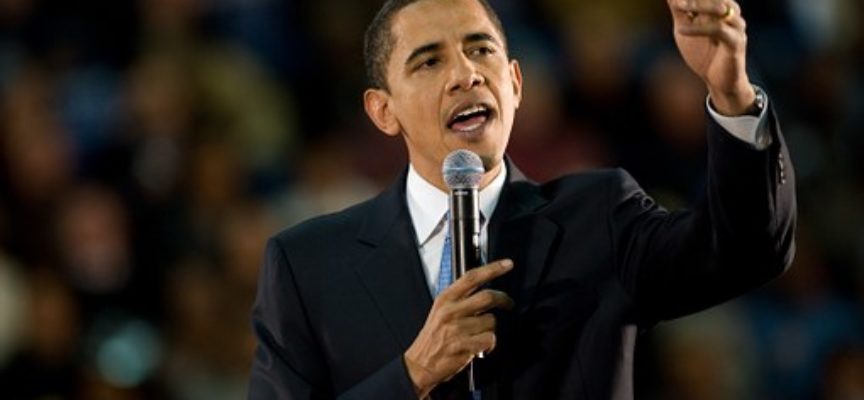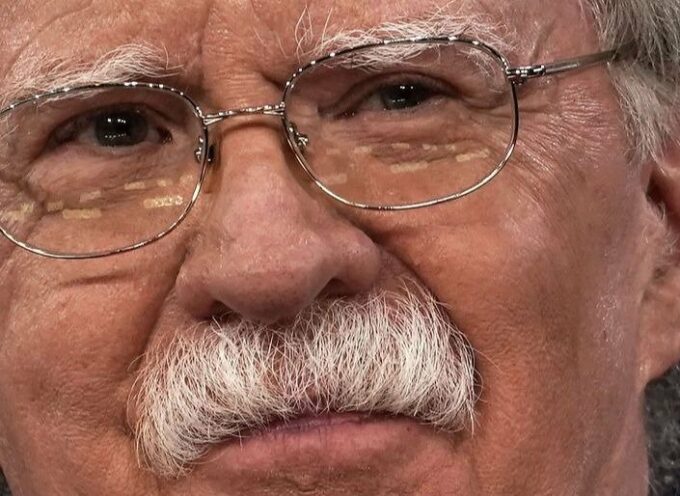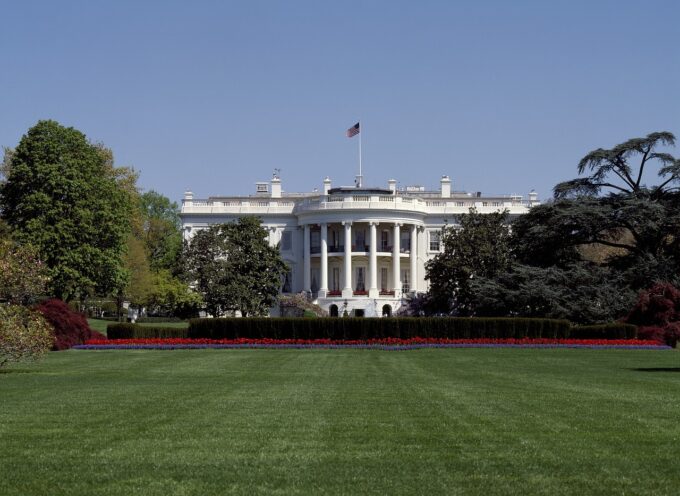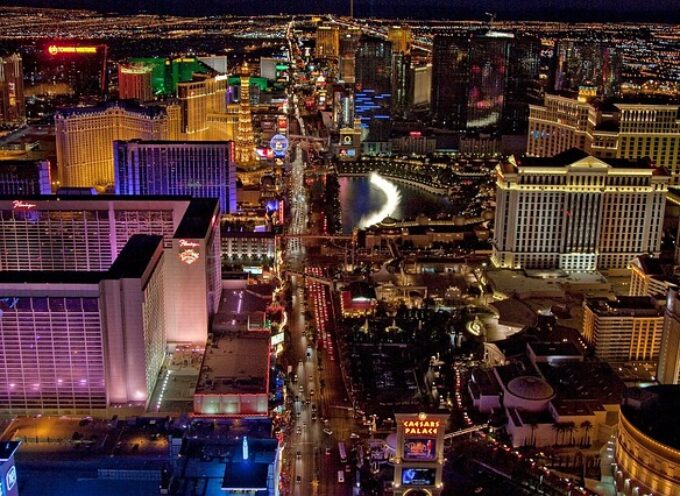During President Obama’s last year in office, he met with a group of black leaders to discuss civil rights issues. The meeting was significant, not only because it would be the last Black History Month of Obama’s presidency, but because it was bringing together several generations of civil rights activists.
In addition to activists who identified closely with 1960s-style civil rights leaders, it would include leaders of the Black Lives Matter movement, including Aislinn Pulley, Brittany Packnett, and De Ray McKesson. In an essay in The New Yorker, Jelani Cobb describes the tension caused by the interaction of these two groups:
Black Lives Matter has been described as “not your grandfather’s civil-rights movement,” to distinguish its tactics and its philosophy from those of nineteen-sixties-style activism. Like the Occupy movement, it eschews hierarchy and centralized leadership, and its members have not infrequently been at odds with older civil-rights leaders and with the Obama Administration—as well as with one another. So it wasn’t entirely surprising when Pulley, a community organizer in Chicago, declined the White House invitation, on the grounds that the meeting was nothing more than a “photo opportunity” for the President. She posted a statement online in which she said that she “could not, with any integrity, participate in such a sham that would only serve to legitimize the false narrative that the government is working to end police brutality and the institutional racism that fuels it.
As it turned out, despite Pulley’s protest, Mckesson and Packnett accepted the invitation and later described the meeting in positive terms.
The story serves to underscore not only the “newness” of the Black Lives Matter movement but its conflicted relationship with the Civil Rights Movement of the mid- and late-twentieth century. With newness comes confusion and misunderstanding and, for that reason, I am releasing a multi-part series about the Black Lives Matter (BLM), summarizing its rise and development before going on to answer frequently asked questions and provide an evangelical evaluation of BLM.
I write as a white evangelical Christian, a professor of theology and culture, and a political opinion writer who seeks to understand BLM and who thinks we should not engage in a wholesale embrace of BLM, on the one hand, or a sweeping dismissal of it, on the other hand.
The next installments of the series will provide:
- a brief history of BLM
- a summary of BLM ideology
- a portrait of prominent BLM leaders
- a response to FAQs about BLM
- an evangelical evaluation of BLM
Subscribe
Never miss a post! Have all new posts delivered straight to your inbox.







